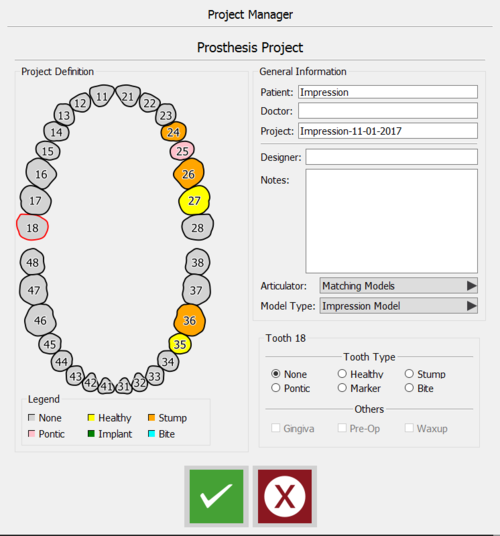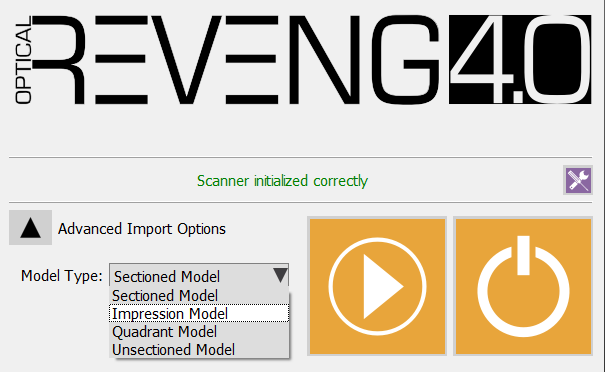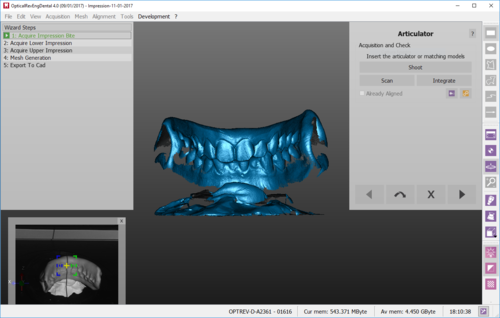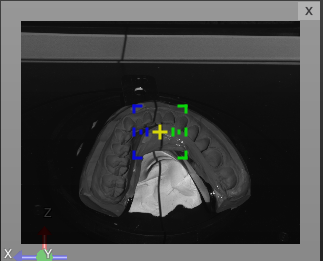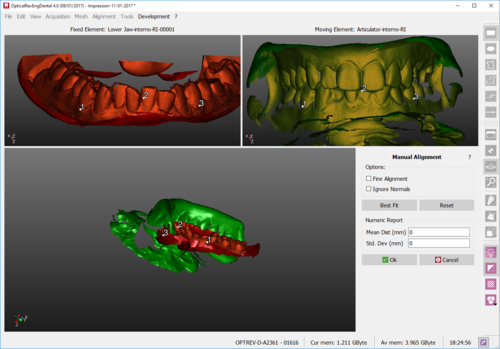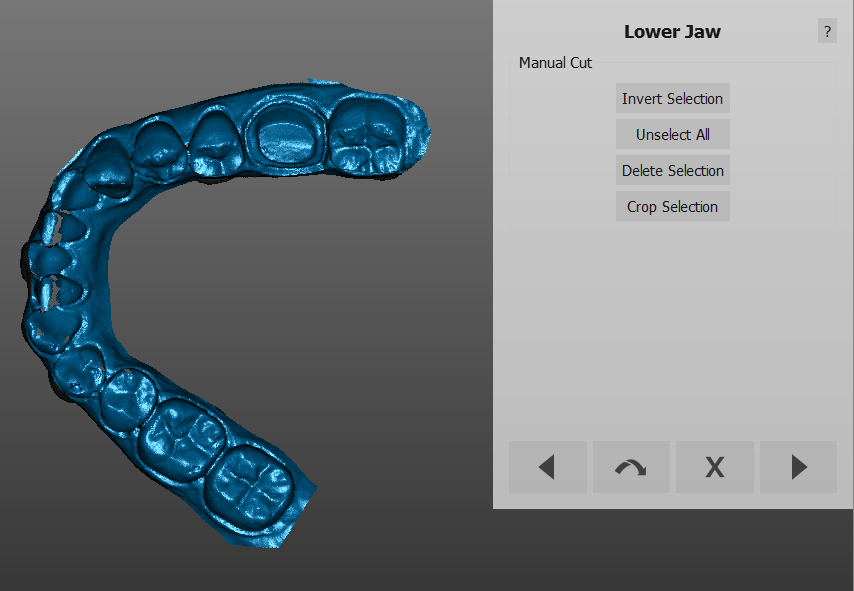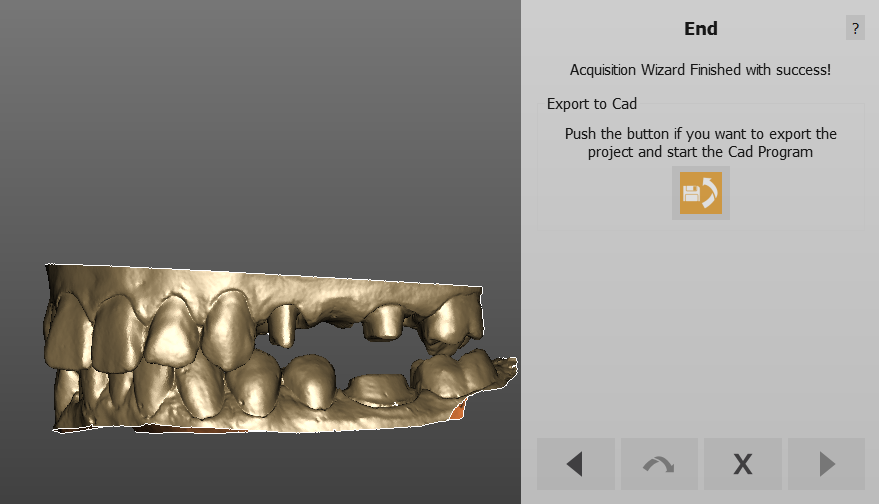Difference between revisions of "Dop Impronta/es"
N.donneschi (talk | contribs) (Created page with "Guardar el proyecto y cliquear el botón de escaneado. Esto lanzará la Procedura Guíada del Software de Escáner.") |
N.donneschi (talk | contribs) (Created page with "En la pantalla de inicio seleccionar Opciones Avanzadas de Importación, luego en el menu despegable, "Modelo de Impresión".") |
||
| Line 20: | Line 20: | ||
Guardar el proyecto y cliquear el botón de escaneado. Esto lanzará la Procedura Guíada del Software de Escáner. | Guardar el proyecto y cliquear el botón de escaneado. Esto lanzará la Procedura Guíada del Software de Escáner. | ||
| − | + | En la pantalla de inicio seleccionar Opciones Avanzadas de Importación, luego en el menu despegable, "Modelo de Impresión". | |
[[File:SplashExoImpression.PNG]] | [[File:SplashExoImpression.PNG]] | ||
Revision as of 11:50, 5 January 2017
Es posible escanear un caso de prótesis empleando dos impresiones en oposición gracias al soporte de una llave de oclusión, así como un bite vestibular o una impresión triple tray.
Empezar por OpticalRevEngDental
Para escanear un proyecto de prótesis empleando dos impresiones en antagonismo directamente por el software, acceder a la Gestión de Proyecto y crear esta tipología de proyecto.
Hay solamente que elegir el "Modelo de Impresión" en el menu "Tipo de Modelo" y aceptar cliqueando el botón verde.
Empezar por Exocad
Se puede acceder a esta tipología de wizard también configurando el caso en Exocad y definiendo el proyecto como siempre en Exocad's Dental DB.
Guardar el proyecto y cliquear el botón de escaneado. Esto lanzará la Procedura Guíada del Software de Escáner.
En la pantalla de inicio seleccionar Opciones Avanzadas de Importación, luego en el menu despegable, "Modelo de Impresión".
Accept your choice clicking on the start button, and the software will present the scan wizard for scanning two impressions and their occlusal key.
Scan Procedure
The first scan the software requires is the occlusal key. Place the object, either a triple tray or a vestibular bite, in a position that would allow to get details of both upper and lower jaw.
In our example case, a vestibular bite has been used.
The software will then ask the user to scan the Lower Impression. Place the impression in the scanner, as described in the following picture, then click scan to start the acquisition.
Once the impression has been scanned, click next and cut the model base, taking care not to cut part of the teeth as well. The selected part will be, as always, automatically removed.
Right after the Cut Height step, the impression will be aligned with the occlusion. It is possible that the automatic alignment fails, being the objects two impression. A Manual Alignment step will be automatically presented by the software. Carefully choose the common area between the impression and the occlusal key.
Then click Best Fit, accept with OK if the alignment is good or remake the alignment clicking on Reset.
Once it has been aligned, clean the image as much as possible.
Repeat this process for the upper jaw and follow the steps until the final acquisition check. If the occlusion is correct, click next to generate the meshes.
